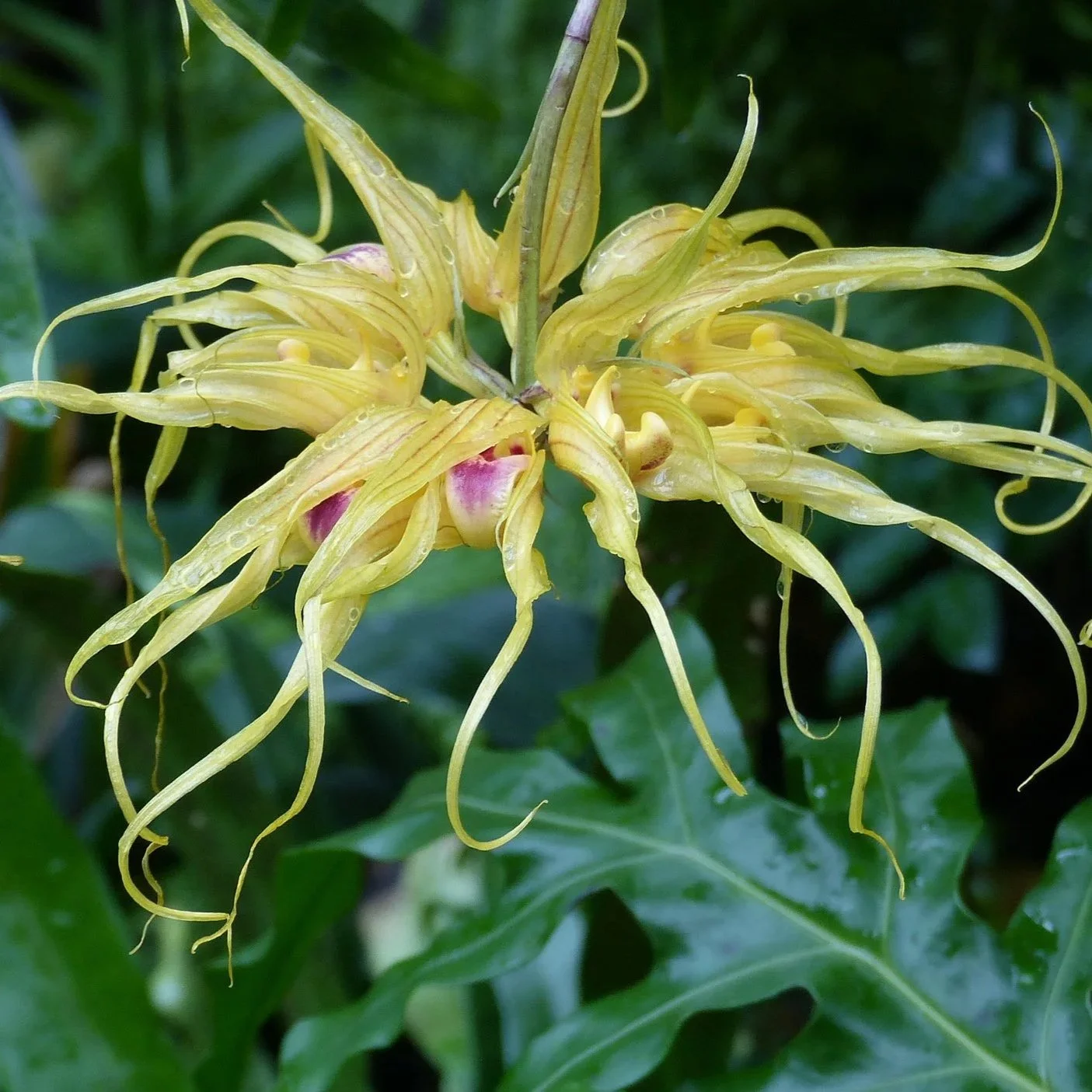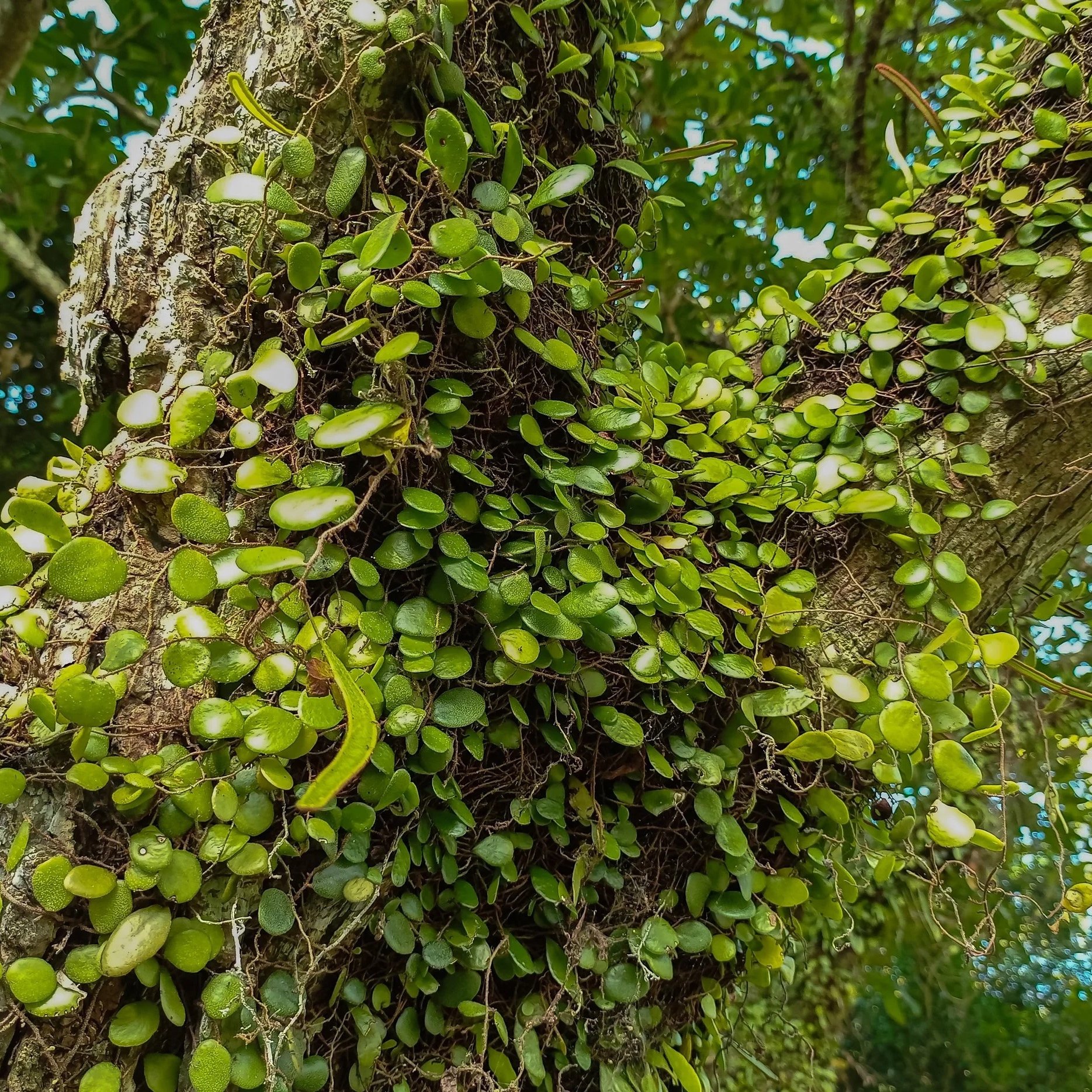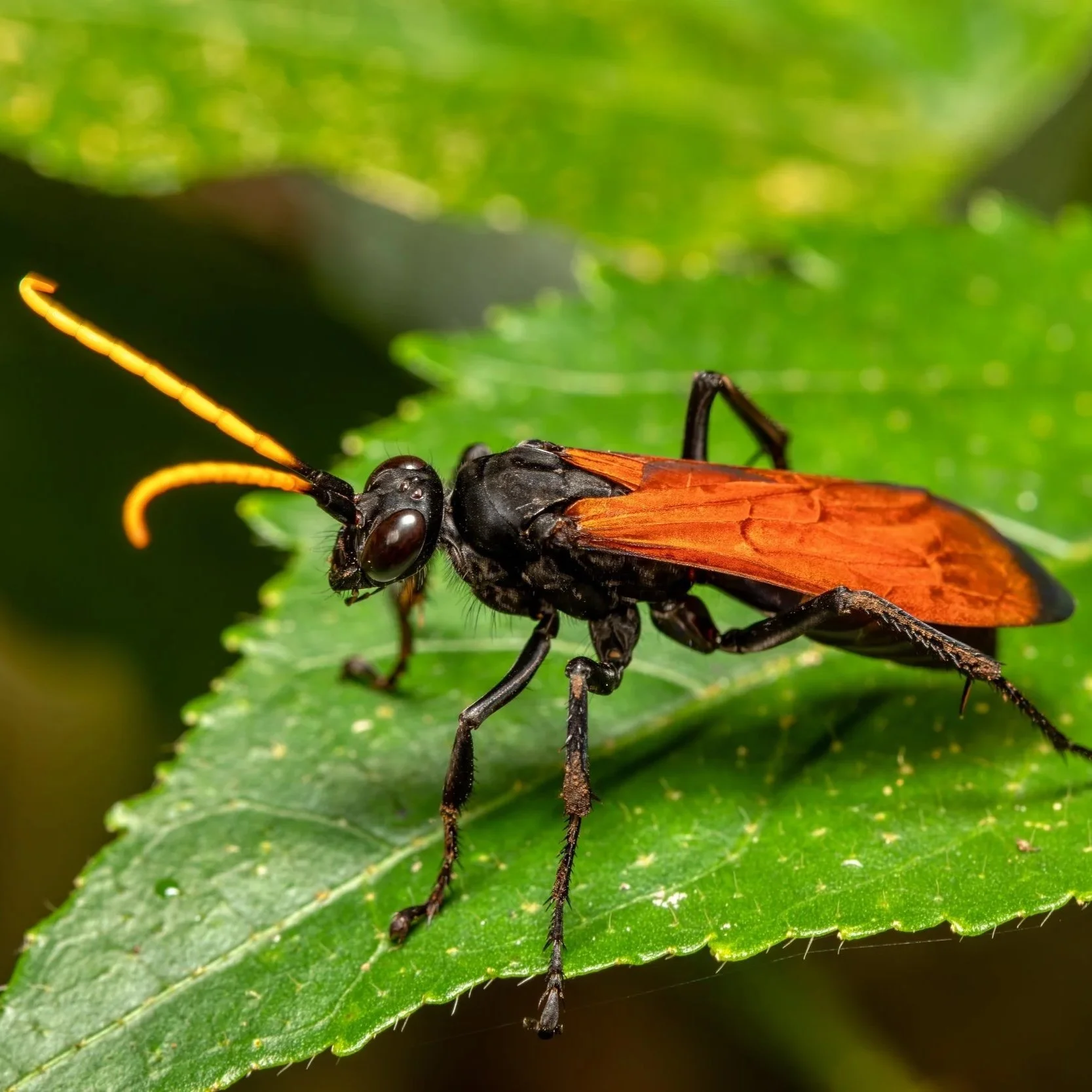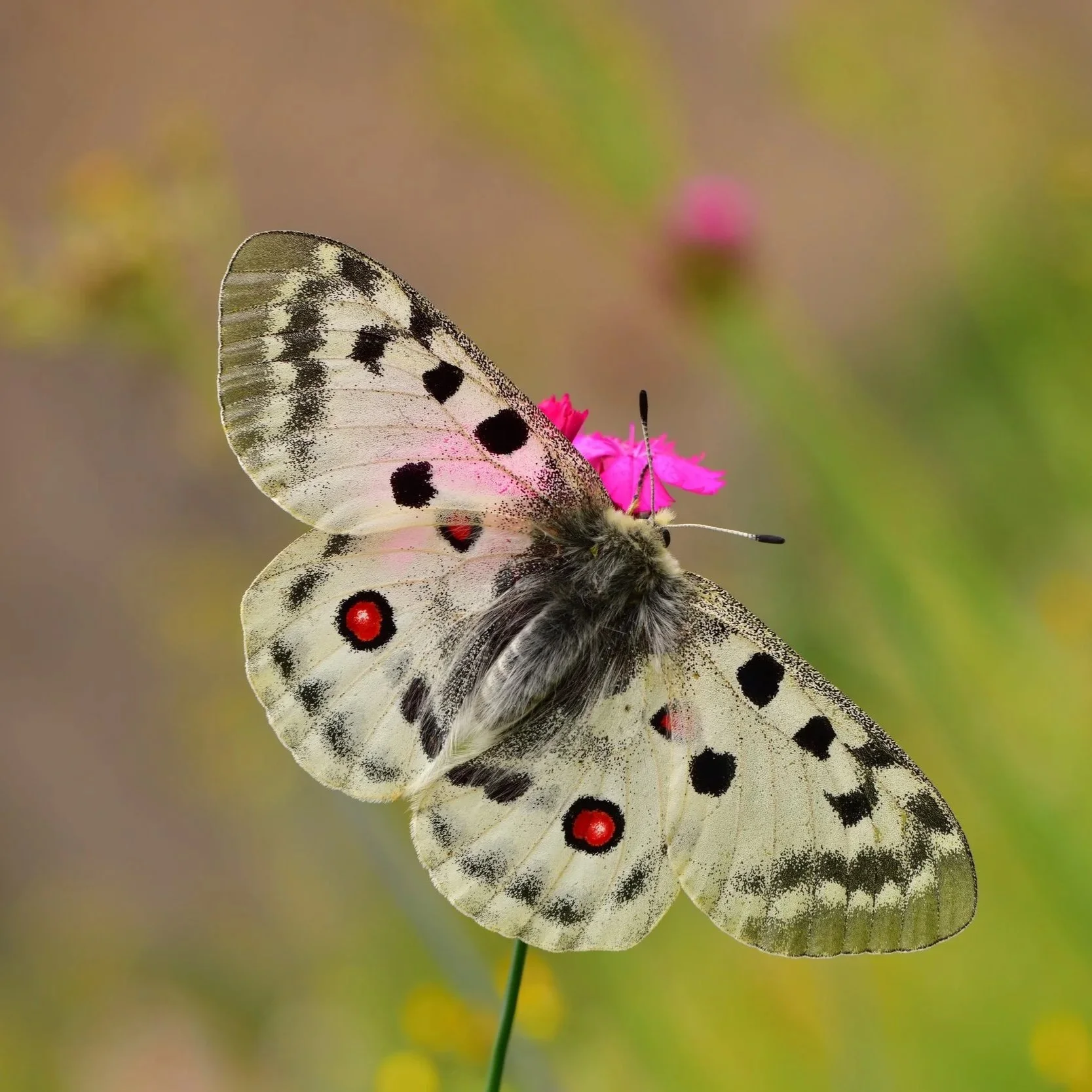What do we miss by sequencing only one representative species per genus?
Sequencing a single species per genus provides only a narrow snapshot of life’s diversity. Even closely related species can differ dramatically in their adaptations, ecological roles, and evolutionary trajectories. Many mega-diverse genera — such as the orchids — contain thousands of species, each representing unique innovations that cannot be captured by a single genome in a taxonomic group.
Pictured below are four species from the genus Bulbophyllum, highlighting striking morphological variety (left to right):
Bulbophyllum binnendijkii; the Bearded Bulbophyllum Orchid (B. barbigerum) from West Africa; the Dragon Scale Leaf Plant (B. drymoglossum), an epiphytic species; and the flowering B. makoyanum.
By sequencing only one species per genus, we risk losing critical information:
Genetic novelty: Rare or lineage-specific genes involved in disease resistance, stress tolerance, secondary metabolites, or unique life-history traits remain undiscovered.
Evolutionary insight: We miss the fine-scale genomic patterns underlying recent speciation, hybridization, and radiations — especially in genera that have diversified rapidly.
Ecological nuance: Local adaptation, co-evolution with pollinators, microbes, or parasites, and shifts in niche specialization are often species-specific.
Functional diversity: Differences in genome size, ploidy, structural variation, and gene family expansion can only be understood through multiple high-quality genomes.
Conservation relevance: Many genera contain threatened or highly localized species whose genomic information is essential for assessing vulnerability and informing conservation actions.
Bias reduction: Focusing on a single “representative” often means selecting charismatic or well-known species, leaving lesser-known, ecologically important, or culturally significant species underrepresented.
It’s also important to recognize the role of scientific serendipity. When we sequence genomes broadly, we uncover entirely unexpected biology — discoveries that can shift whole fields. Many novel antibiotics, for example, were identified only after sequencing previously obscure microbial lineages, and enzymes from extremophile species have inspired new approaches to climate adaptation and carbon capture. These surprises aren’t predictable in advance; they emerge only when we look widely enough.
Together, these points illustrate why sequencing as many species as possible — not just a single representative from each genus — is essential for capturing the true depth of Earth’s biodiversity.
Beyond evolutionary insight, sequencing all species within a genus has significant applied value.
Species in the same genus can differ greatly in vulnerability, resilience, and adaptive capacity, making species-specific genomic information critical for effective conservation and management. Expanding sequencing across species also uncovers diverse biochemical pathways, natural compounds, and adaptations with potential applications in medicine, agriculture, and biomaterials. Even closely related species can vary widely in genome size, chromosome architecture, ploidy, and repeat content — differences that cannot be inferred from a single representative genome. Sequencing multiple species within each genus captures the full spectrum of evolutionary, functional, and ecological diversity, providing a robust foundation for scientific discovery, innovation, and global biodiversity protection.









